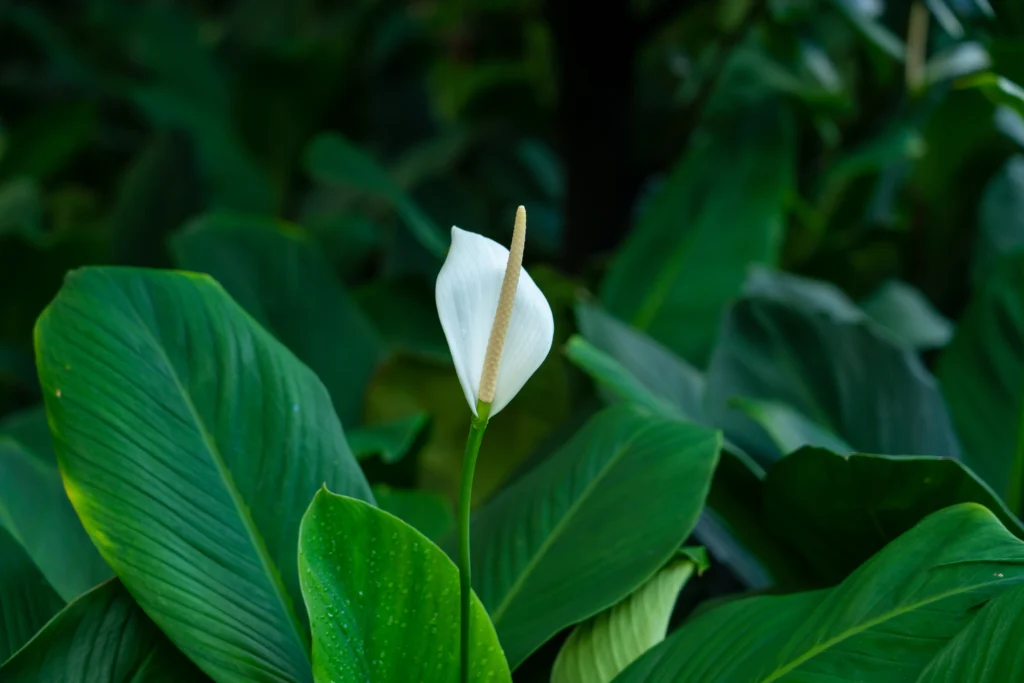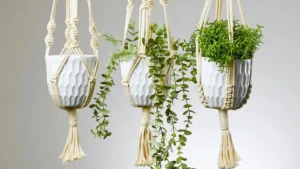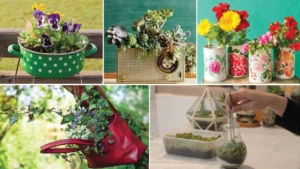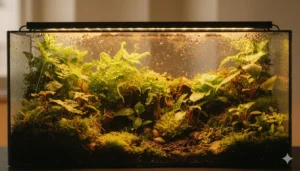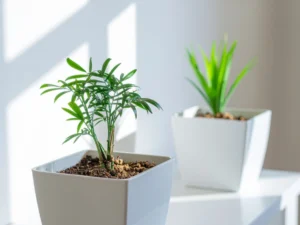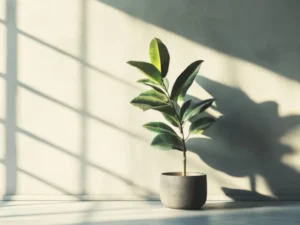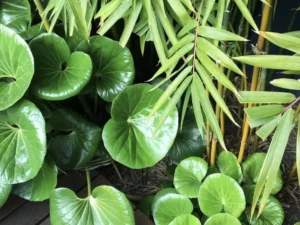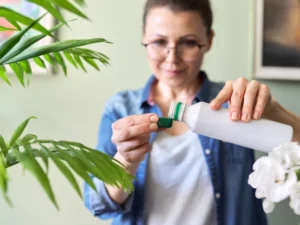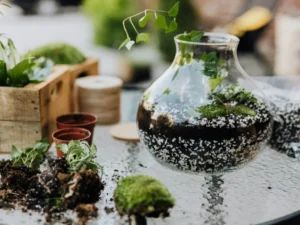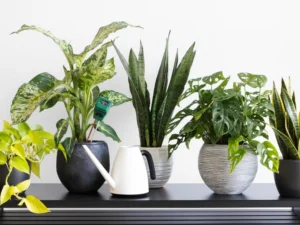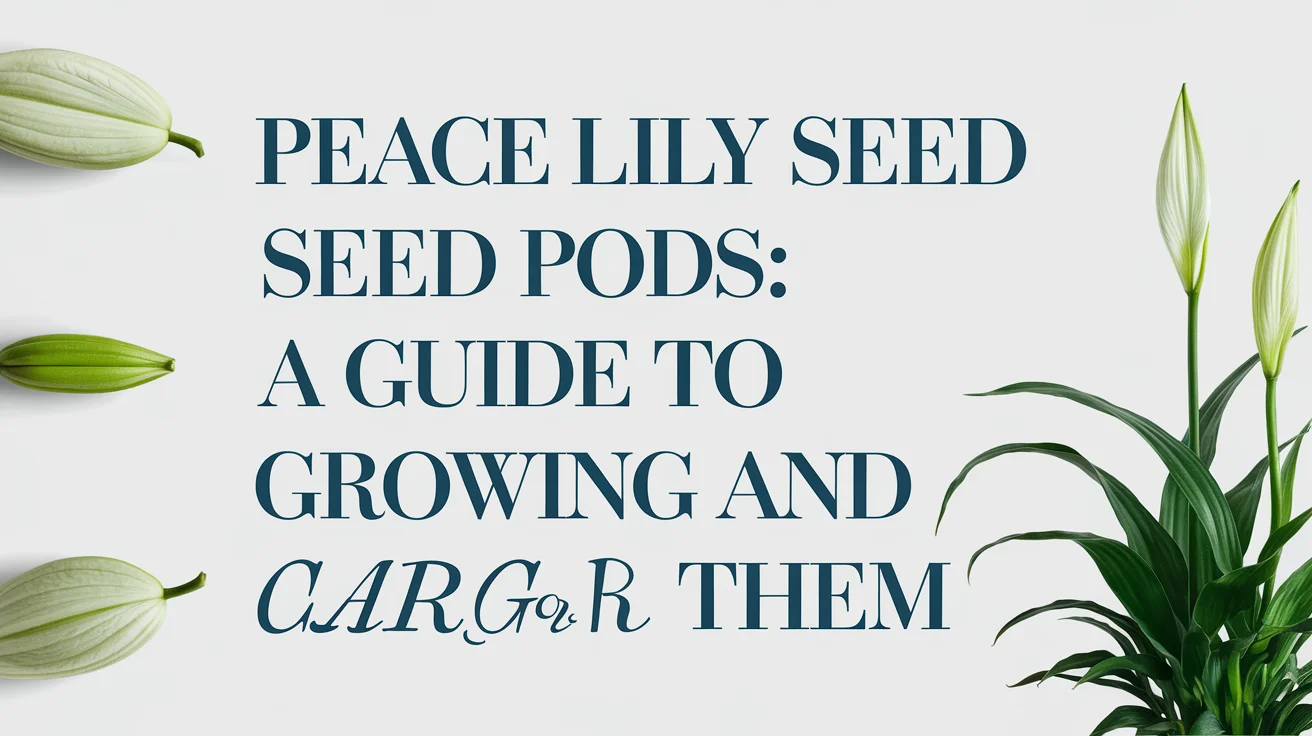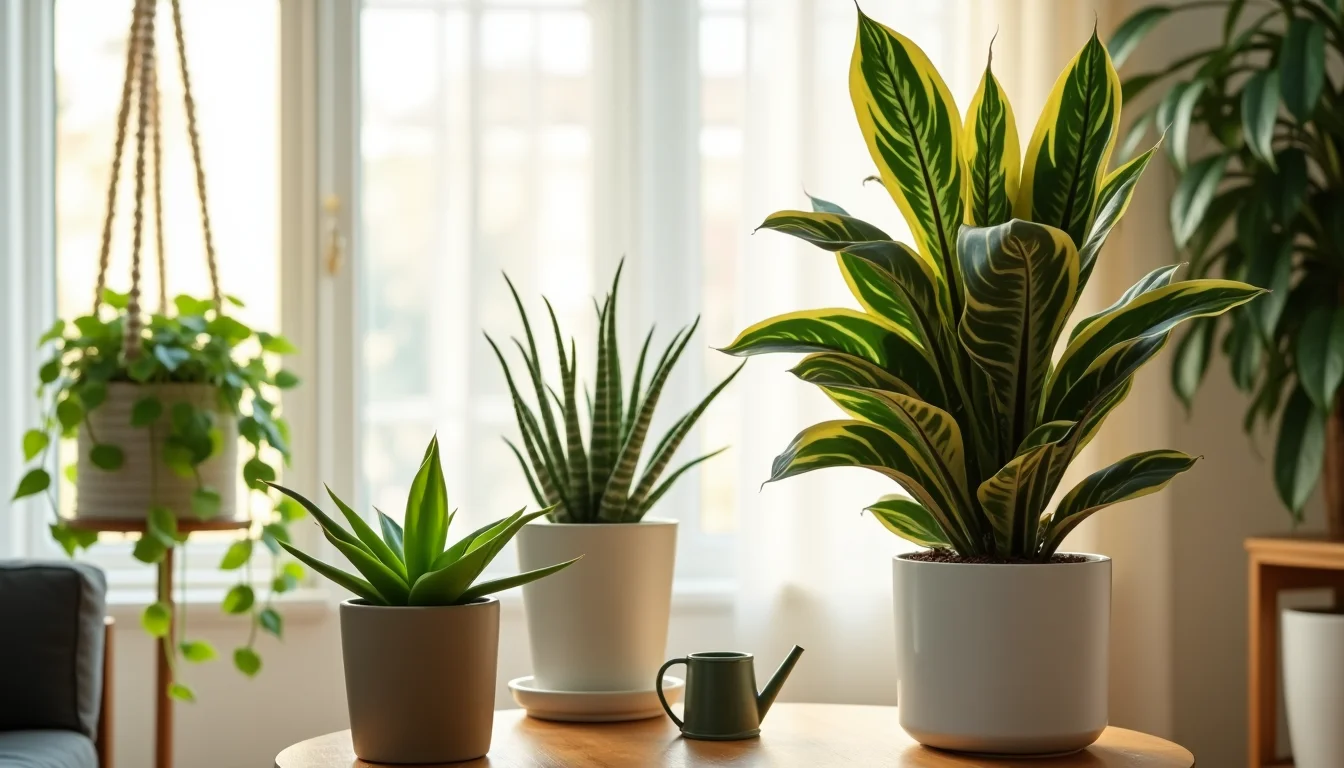The peace lily is well-known for its graceful blooms, but its leaves are the true soul of the plant. With their broad, glossy green surfaces and gentle curves, peace lily leaves bring both structure and serenity to your space. Whether they’re arching elegantly over a pot or reaching toward filtered sunlight, these leaves serve as a living reminder of balance and vitality.
Far more than background elements, peace lily leaves play a vital role in both plant health and room design. They’re not just visually striking; they filter air, signal care needs, and adapt to a wide range of indoor environments. They’re the plant’s voice, responding quickly to water, light, and even humidity changes. When you know how to read them, peace lily leaves become excellent plant-care partners.
In this article, we’ll dive deep into the visual charm, biological function, care needs, and style potential of peace lily leaves. Whether you’re an indoor plant newbie or a seasoned collector, you’ll learn how to care for, style, and protect these lush green wonders for long-term beauty and health.
The Aesthetic Power of Peace Lily Leaves Foliage

Peace lily leaves bring strong design elements into any room; their vibrant green hue and fluid shape make them both grounding and expressive. Their wide structure adds volume, while their gentle sway adds rhythm to still spaces. When light passes over them, their subtle sheen adds dimension that softens sterile or angular interiors. These leaves effortlessly blend with both modern and rustic décor.
Beyond their aesthetic presence, the leaves offer a sculptural feel that elevates peace lilies from houseplant to living decor. They can define empty corners, break up wall space, or complement mirrors and soft furnishings. Their understated power lies in their ability to add movement and life without overwhelming a space.
Bold and Glossy Texture
Peace lily leaves are admired for their rich, glossy finish, which reflects ambient light beautifully. This natural shine gives them a polished appearance that elevates any shelf, tabletop, or corner they occupy. The texture feels smooth to the touch and adds visual clarity to neutral or natural-toned surroundings, making them perfect companions for wood, ceramic, or stone.
Peace Lily Leaves: Shaping Indoor Ambiance
Their upward and outward growth pattern helps shape the energy of a room. Instead of growing straight up or down, peace lily leaves fan out in graceful arcs. This silhouette adds elegance and encourages the eye to move around the space naturally. They soften harsh architectural lines and bring flow into rooms dominated by flat or angular design.
A Versatile Styling Element
Whether you’re styling minimalist, bohemian, industrial, or eclectic spaces, peace lily leaves adapt effortlessly. They provide a visual bridge between hard and soft elements, balancing structural furniture with cozy textures. Use them near mirrors, against patterned wallpaper, or beside light sources to maximize their styling potential.
How Peace Lily Leaves Communicate
One of the most fascinating aspects of peace lily leaves is their ability to act like an alert system. They signal plant health and care needs long before roots or blooms give clues. Whether through color, texture, or posture, these leaves speak a language any plant lover can learn to read. Recognizing these signs can prevent serious problems before they take hold.
Beyond aesthetics, the leaves are responsive and sensitive to changes in their environment. As living indicators, they make peace lilies incredibly interactive, giving you visual updates in real time. Learning their cues builds a stronger bond between the plant and the owner.
Drooping as a Warning Sign
When peace lily leaves begin to droop, it’s often a call for water. This classic sign is one of the easiest to spot and one of the simplest to fix. After watering, the leaves usually perk back up within hours. Persistent drooping may indicate overwatering or poor drainage, so it’s essential to check the soil.
Yellowing or Browning
Yellow edges often mean overwatering, while brown tips usually point to low humidity or too much direct light. These color changes tell you exactly what needs to be adjusted in your plant care routine. Removing discolored leaves also encourages the plant to redirect its energy to healthier foliage.
Peace Lily Leaves: Curled or Misshapen Growth
Curled leaves often signal stress, which may be due to drafts, underwatering, or temperature fluctuations. Misshapen new growth can also be a sign of nutrient deficiency. Understanding the pattern helps you make minor care corrections before issues escalate.
Best Practices for Leaf Care
Caring for peace lily leaves not only improves the plant’s overall appearance but also supports its longevity. Clean, well-maintained foliage is better at photosynthesis and less likely to develop pest or fungal issues. Healthy leaves also make your peace lily more resilient and self-sustaining.
By following a consistent care routine and creating a stable environment, you encourage your peace lily to thrive. The result is a fuller, more vibrant plant with long-lasting leaves that add beauty every day.
Regular Cleaning for Shine
Dust and debris can settle on these lily leaves, dulling their appearance and blocking light absorption. Gently wiping the leaves with a damp cloth every couple of weeks keeps them clean and boosts their health. Avoid using leaf shine sprays; natural moisture is better and safer for long-term care.
Peace Lily Leaves: Proper Light and Positioning
Peace lily leaves love bright, indirect sunlight. Too much direct sun causes fading and leaf burn, while too little light results in limp, leggy growth. Place them near east-facing windows or a few feet away from brighter sources to maintain optimal leaf color and shape.
Soil, Humidity, and Hydration
These plants thrive in moist, well-draining soil. Keep humidity moderate to high for the best leaf texture. Mist occasionally or use a humidifier, especially in dry climates. Water when the top inch of soil is dry, but avoid soggy conditions that lead to root rot.
Common Leaf Problems and Solutions
Even with the best care, peace lily leaves can run into trouble. The good news is that most issues are reversible if caught early. This section explores the most common leaf-related problems and offers quick, practical fixes to restore your plant’s health.
Understanding the symptoms and their root causes helps prevent future issues and ensures your peace lily stays vibrant year-round. Awareness and timely action are your best tools for leaf longevity.
Brown Tips and Edges
This issue is usually caused by low humidity, excess fertilizer, or exposure to direct sunlight. Trim affected areas with clean scissors and adjust environmental conditions. Switching to distilled or filtered water can also help if tap water has high chlorine or fluoride.
Peace Lily Leaves: Black Spots or Patches
Black spotting often signals fungal issues or overwatering. Remove affected leaves and make sure the soil drains well. Improve air circulation and avoid letting water sit on the leaves. Water only when the soil surface begins to dry.
Wilting Without Reason
If your peace lily appears wilted despite proper watering, check the root zone. Root rot may be setting in due to compacted or soggy soil. Remove the plant, inspect the roots, and repot in fresh soil if necessary. Prune any dark or mushy roots before replanting.
Final Thoughts: Leaves That Speak and Shine
Peace lily leaves are far more than just green backdrops to white blooms. They are expressive, adaptive, and essential to the plant’s beauty and health. From their reflective texture to their problem-solving cues, these leaves are what make the peace lily truly remarkable.
By understanding their signals and caring for them consistently, you unlock a higher level of plant-parenting confidence. The leaves teach you how to be observant, gentle, and responsive, all qualities that make you a better caretaker overall.
So next time you look at your peace lily, don’t just admire the flowers. Let the leaves do the talking, because they’re saying more than you think.

